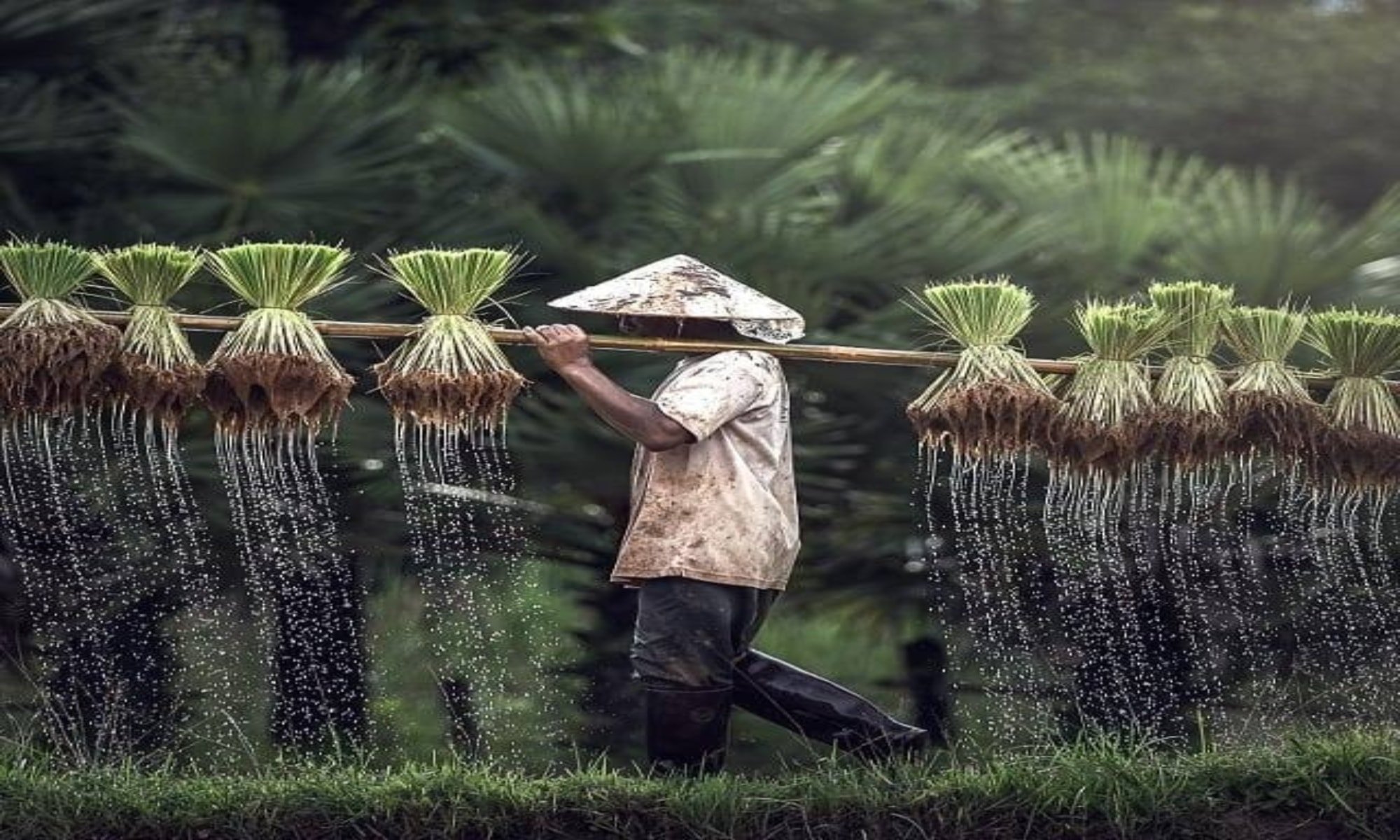Putting food on the table is the litmus test of a civilised nation. To understand why, we need only talk to someone who has missed a meal or two, and feel the full wrath of ‘hangry’ in all its glory.
Yet, almost 690 million people were found to have gone hungry in 2019, up 10 million from 2018, according to an annual study released by the United Nations. At a time when a global health crisis is steamrolling over the basic needs of billions around the world, that statistic is exceptionally troubling.
In honour of World Food Day (16 October), of which the theme is “Grow, Nourish, Sustain. Together”, we dive into the global hunger crisis, and what we can do to scale it back amid a pandemic.
The data pre-COVID
Chronic hunger has been on the rise since 2014 despite improvement in populous countries like China and Thailand. According to the UN, much of the food insecurity comes from a greater number of conflicts (think war-torn countries like Syria), climate-related shocks (flash floods and locust infestations), and a vicious cycle of poverty.
Changes in demand and supply due to COVID
While COVID-19 didn’t engender global hunger, it tipped the scales as an additional threat to an already vulnerable ecosystem. When COVID-19 hit, many nations came to a standstill. Planes were grounded, over-ground transport was curtailed, and everyone was ordered to stay at home. Demand for food surged as people wiped out supermarkets – eggs and frozen produce were so popular whole shelves were emptied.
But as panic buying and hoarding happened, on the supply side, food production and distribution came to a halt. We think about grounded planes and restriction of movement in terms of a vacation lost, but for many, it also meant a loss of livelihood and income.
Farmers have had to figure out how to move away from bulk wholesale to restaurants and schools, to grocery stores and home delivery. In developing nations, the pay-off is much worse, as being able to farm is a matter of survival.
How COVID is fuelling hunger in developing nations
With travel bans, issues like shortage of animal feed, fertiliser, and pesticide increase the risk of bad harvests, and drive prices up on existing supply. Because everyone is expected to stay indoors, getting produce to markets is also a challenge, if there even is one.
In an interview by OxFam, a global NGO, an Ethiopian farmer explains that going to nearby towns to look for odd jobs is harder than before with widespread fear of the virus. Many families also still lack the funding to buy seeds and tools for cultivation, and COVID-19 heralds an economic recession that will only push these families further down the poverty line.
After the pandemic, the UN estimates that the number of hungry people in the world will expand another 83-132 million, depending on the economic growth scenario.
What we can do about it
Choose a healthy and diverse diet
Beyond systemic change, we as consumers can take everyday action. As customers, we have the power of influence. Much like the call to arms for climate change, we need to foster new habits that will support the food ecosystem in becoming more resilient to shock.
Part of that, is to encourage sustainable agricultural practices that will allow for us to live in tandem with nature. Increase the demand for nutritious food like fruits and vegetables, to encourage more small-scale farmers to shift towards diversifying their crops to invest in nutrition. Opt in for plant-based food rich in protein, like legumes and nuts, and dial back on the meat consumption, which can negatively impact the environment up to tenfold.
A varied, nutrient-rich diet favours biodiversity, which in turn returns full circle to benefit our soils and our nourishment.
Use your voice
Lend your social media accounts to spread awareness of healthy eating and buying habits, and join in global movements like #WorldFoodDay online. By spotlighting development initiatives like meal and nutrition programmes, we promote the importance of healthy eating.
Alternatively, create buzz for the food heroes in your community; tag them in Instagram story via the “Support small business” sticker and let friends and family know how they too can support the local food community.
Be an ally
If you have time on your hands, you can take action to support those struggling to put food on the table. Volunteer at the local food bank, or join a community kitchen.
Make it a point to put pressure on the governments, private businesses, and decision-makers of the food ecosystem on a regular basis. Check in on how they’re making a nutrient-rich diet available and accessible, and ask about improved social protection schemes for decent employment in developing nations. Advocate for the value of sharing modern-day tech with local farmers, to help more small-scale producers gain access to the tools they need to survive in a digitalised world.
Join the conversations on THG’s Facebook and Instagram, and get the latest updates via Telegram.




























